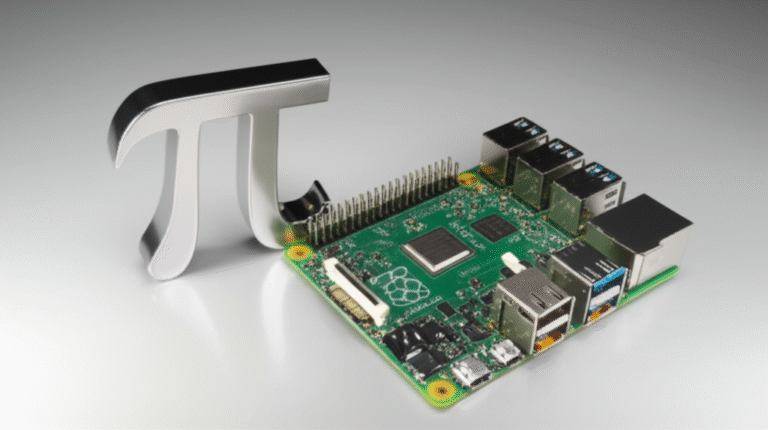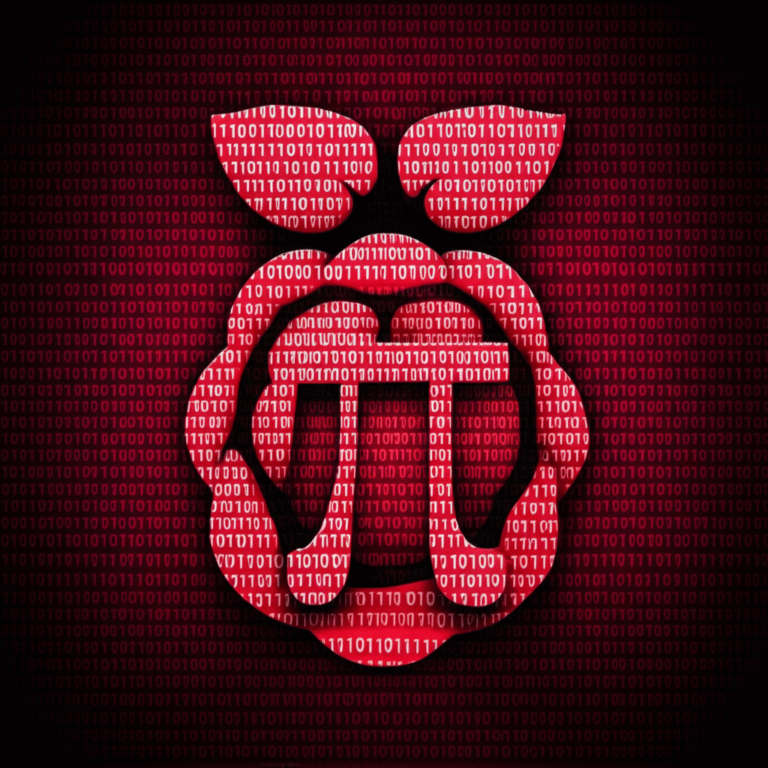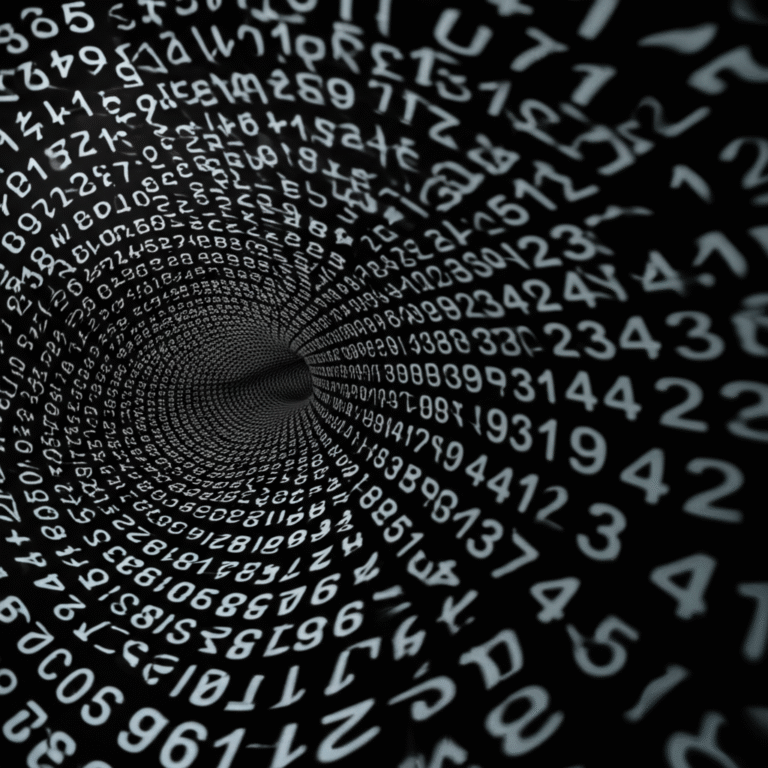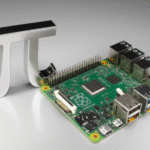Support our educational content for free when you purchase through links on our site. Learn more
What Is the Full PI Number? 🔢 The Infinite Mystery Explained (2025)
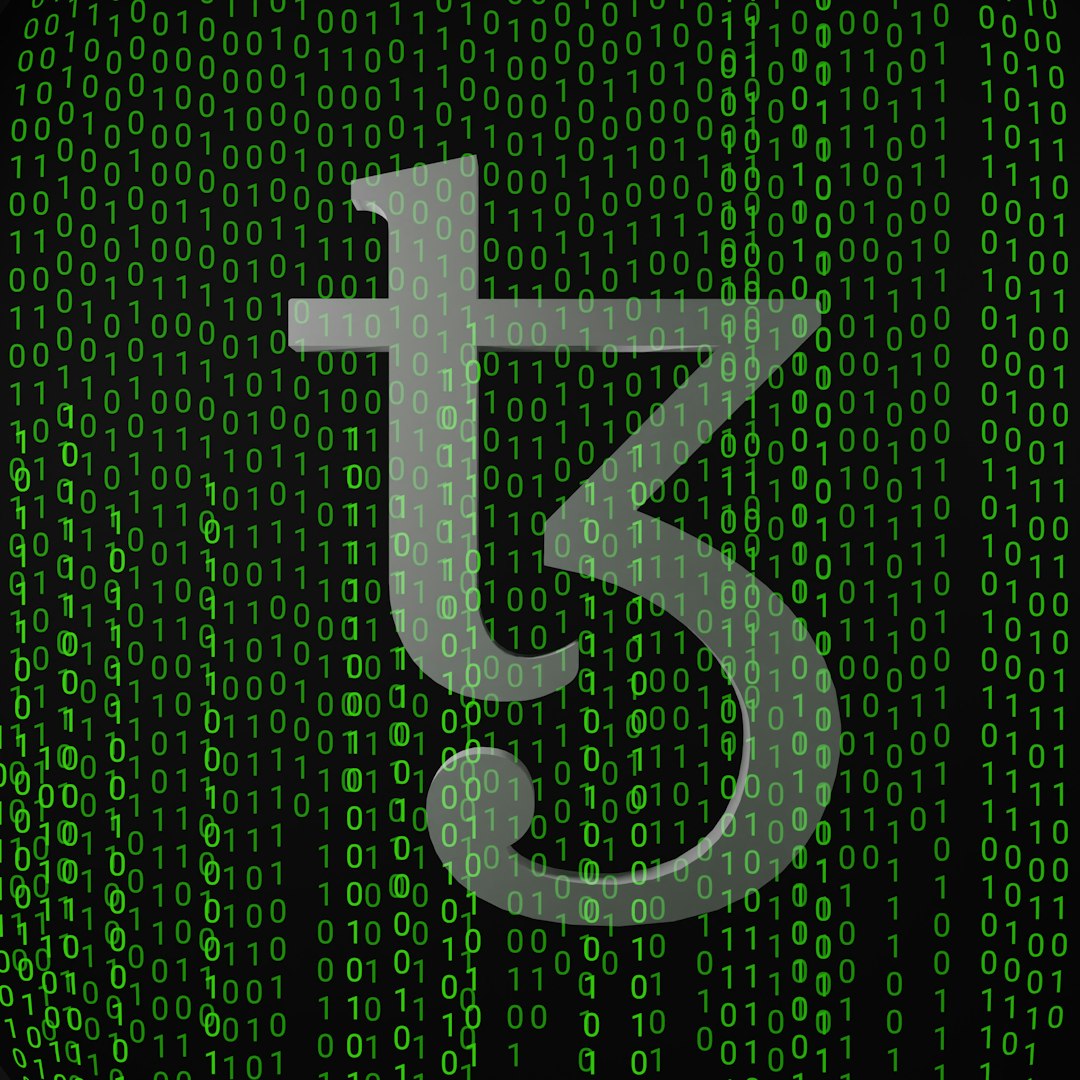
Have you ever wondered if there’s a full, complete number for pi — that magical constant that starts with 3.14159 and seems to go on forever? Spoiler alert: the answer might surprise you! Pi is one of the most fascinating numbers in mathematics, stretching into infinity without repeating, and yet it’s at the heart of everything from engineering marvels to the tiny circuits inside your Raspberry Pi.
In this article, we’ll unravel the mystery behind the “full” pi number, explore why it’s infinite, and reveal how far humans have pushed the boundaries of calculating its digits — including some mind-boggling record-breaking feats. Plus, we’ll share practical insights on where pi shows up in the real world, tips for memorizing its digits, and even the playful debate between pi and tau. Ready to dive into the infinite? Let’s go!
Key Takeaways
- Pi is an infinite, irrational, and transcendental number — meaning it never ends or repeats, so there is no “full” pi number.
- Humans have computed trillions of digits of pi, but for most practical uses, just 15 digits or fewer are enough.
- Pi’s applications span engineering, physics, computer science, medical imaging, and more — it’s everywhere!
- The quest to calculate more digits of pi pushes supercomputers and algorithms to their limits, but the mystery remains infinite.
- Fun fact: Raspberry Pi devices are perfect for exploring pi-related projects, blending math and technology in creative ways.
👉 Shop Raspberry Pi boards and accessories:
- Raspberry Pi 4 Model B: Amazon | Official Site
- Raspberry Pi Pico Microcontroller: Amazon | Official Site
Unlock the infinite possibilities of pi — and your projects — today!
Table of Contents
- ⚡️ Quick Tips and Facts About Pi
- 🌌 The Mystery of Pi: Unraveling the Infinite Number
- 🤔 What Is Pi, Anyway? Defining the Universal Constant
- 🤯 Is There a “Full” Pi Number? The Quest for the End
- ♾️ Why Pi is Irrational and Transcendental: Beyond Simple Fractions
- 📜 The Fascinating History of Pi: From Ancient Circles to Modern Supercomputers
- 🧮 How Pi is Calculated: From Archimedes’ Polygons to Modern Algorithms
- 🔢 The Mind-Boggling Digits of Pi: How Many Do We Know?
- 🌍 Where Do We Use Pi? Real-World Applications Beyond Math Class
- 🧠 Memorizing Pi: Tips, Tricks, and the Art of Piphilology
- ❌ Common Misconceptions About Pi: Debunking the Myths
- 🎉 Pi Day: Celebrating the Mathematical Marvel
- ⚔️ Pi vs. Tau: A Mathematical Debate Worth Knowing
- ✨ The Enduring Beauty and Mystery of Pi: Why It Continues to Captivate Us
- ✅ Conclusion: The Infinite Journey of Pi
- 🔗 Recommended Links for Further Exploration
- ❓ FAQ: Your Burning Pi Questions Answered
- 📚 Reference Links
⚡️ Quick Tips and Facts About Pi
Welcome to the wonderful world of Pi! Before we dive deep, here are some quick facts to get you started:
- Pi (π) is the ratio of a circle’s circumference to its diameter — always the same, no matter the circle size.
- It’s an irrational number, meaning it never ends or repeats: no “full” or final number exists!
- The first digits are famously 3.14159, but pi goes on infinitely: trillions of digits have been computed.
- Pi is transcendental, so it can’t be expressed as a root of any algebraic equation with rational coefficients.
- We use pi in everything from engineering and physics to computer science and even medical imaging.
- The full pi number? Spoiler: it doesn’t exist — but we can explore as many digits as we want!
If you want to unlock more about the value of pi in degrees, check out our related article on Unlocking the Value of Pi in Degrees: 7 Must-Know Facts! 🔢.
Ready to unravel the mystery? Let’s roll! 🎢
🌌 The Mystery of Pi: Unraveling the Infinite Number
Pi is like the universe’s secret code — infinite, mysterious, and endlessly fascinating. Imagine trying to count every grain of sand on a beach… but the beach never ends. That’s pi for you.
Why is Pi So Mysterious?
- Infinite digits: Pi’s decimal expansion never terminates or settles into a repeating pattern.
- Randomness: The digits appear statistically random, though no proof confirms true randomness yet.
- No “full” number: Unlike simple fractions, you can’t write pi down fully — it’s infinite!
Our engineers at Why Pi™ love this challenge. When working with Raspberry Pi projects, we often joke that pi’s infinity mirrors the endless possibilities of coding and electronics. It’s a poetic parallel!
🤔 What Is Pi, Anyway? Defining the Universal Constant
At its core, pi (π) is a mathematical constant that relates a circle’s circumference (C) to its diameter (d):
[
\pi = \frac{C}{d}
]
No matter the circle’s size, this ratio stays constant.
Pi in Different Forms
- Decimal: 3.14159… (infinite digits)
- Fractional approximations: 22/7 (rough), 355/113 (more accurate)
- Symbol: π, introduced by Welsh mathematician William Jones in 1706
Pi’s universality is why it’s called a “constant” — it’s a fundamental building block of geometry and beyond.
🤯 Is There a “Full” Pi Number? The Quest for the End
Here’s the million-dollar question: Is there a full, complete number for pi?
Short answer: ❌ No. Pi is infinite and non-repeating, so it has no final digit or “full” number.
What About the First Million Digits?
- The first million digits of pi have been computed and are publicly available.
- The file size for one million digits is about 1 megabyte — not huge, but hefty for a number!
- You can download the full million digits from sites like piday.org or Simon Fraser University’s archive.
Why Bother Computing So Many Digits?
- Testing supercomputer performance and algorithms.
- Exploring statistical properties of pi’s digits.
- Fun challenges for math enthusiasts and “piphiles.”
Our team at Why Pi™ once tried memorizing 100 digits — trust us, it’s a marathon, not a sprint! 🧠
♾️ Why Pi is Irrational and Transcendental: Beyond Simple Fractions
Pi’s complexity is rooted in two key properties:
1. Irrationality
- Pi cannot be expressed as a simple fraction (like 1/2 or 22/7).
- Its decimal digits go on forever without repeating.
- Proven by Johann Lambert in 1768.
2. Transcendence
- Pi is not a root of any non-zero polynomial equation with rational coefficients.
- This means it’s “beyond algebraic” — a fact proven by Ferdinand von Lindemann in 1882.
- This property explains why squaring the circle (constructing a square with the same area as a given circle using only compass and straightedge) is impossible.
📜 The Fascinating History of Pi: From Ancient Circles to Modern Supercomputers
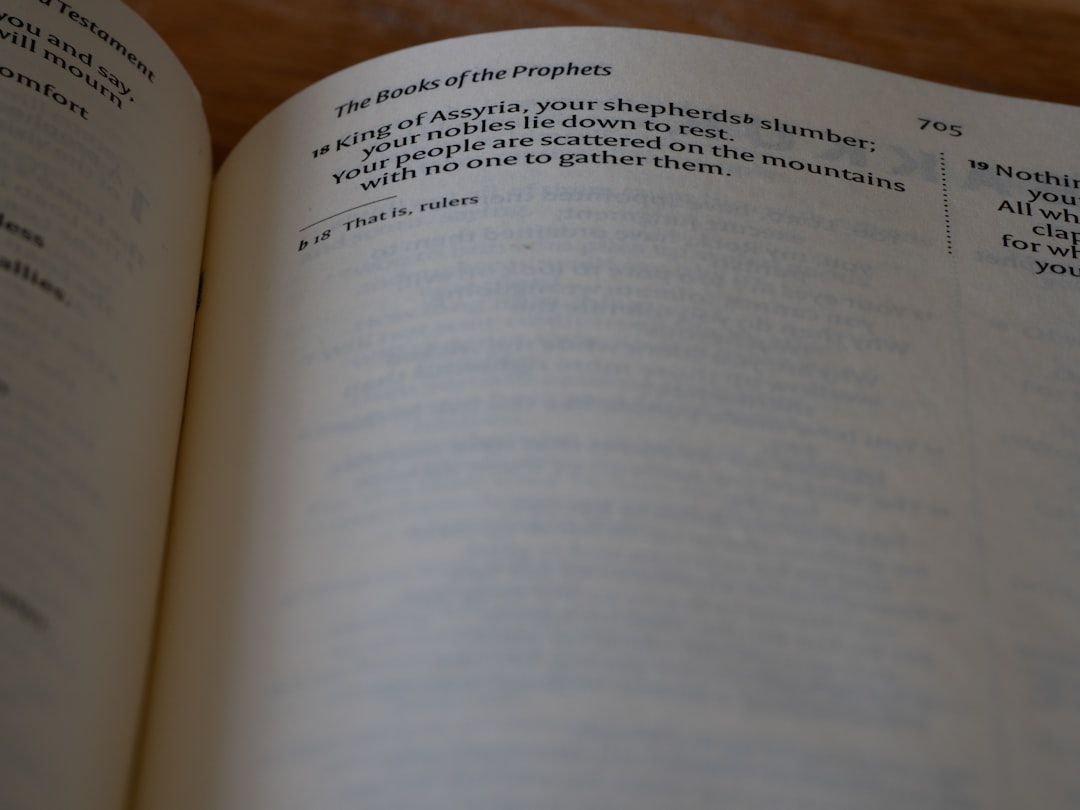
Pi’s story is a wild ride through time:
| Era | Key Milestone | Notable Figures |
|---|---|---|
| Ancient Egypt & Babylon (~1900 BC) | Early approximations of pi (3.125, 3.16) | Egyptian scribes, Babylonian mathematicians |
| Ancient Greece (250 BC) | Archimedes approximates pi between 3.1408 and 3.1429 | Archimedes |
| 5th Century AD | Zu Chongzhi calculates pi to 7 decimal places (3.1415929) | Chinese mathematician Zu Chongzhi |
| 1706 | Symbol π introduced | William Jones |
| 1768 | Proof of irrationality | Johann Lambert |
| 1882 | Proof of transcendence | Ferdinand von Lindemann |
| 20th-21st Century | Pi digits computed to trillions using computers | Modern mathematicians, computer scientists |
This timeline shows how pi has fascinated minds for millennia — a true testament to human curiosity.
🧮 How Pi is Calculated: From Archimedes’ Polygons to Modern Algorithms
Archimedes’ Method: The Polygon Approximation
- Archimedes approximated pi by inscribing and circumscribing polygons around a circle.
- By increasing polygon sides, he squeezed pi between two bounds.
Infinite Series and Products
- Mathematicians developed infinite series (like Leibniz’s formula) to calculate pi:
[
\pi = 4 \times \left(1 – \frac{1}{3} + \frac{1}{5} – \frac{1}{7} + \cdots \right)
] - These converge slowly but paved the way for better methods.
Modern Algorithms
- Machin-like formulas: Use arctangent functions for faster convergence.
- Gauss-Legendre algorithm: Doubles digits of accuracy each iteration.
- Chudnovsky algorithm: Used for record-breaking computations, converges rapidly.
Computing Pi Today
- Supercomputers and distributed computing projects calculate trillions of digits.
- Software like y-cruncher is popular for pi calculations.
🔢 The Mind-Boggling Digits of Pi: How Many Do We Know?
The Pi-illion Challenge: Pushing the Limits of Computation
- As of 2023, pi has been computed to over 100 trillion digits!
- This feat requires massive computational power and storage.
- The record is held by Timothy Mullican (2020) and others who pushed the boundaries.
Why So Many Digits? Practical vs. Theoretical Needs
| Use Case | Digits Needed | Why? |
|---|---|---|
| Everyday calculations | 3-15 digits | More than enough for engineering and science |
| NASA space missions | ~15 digits | Ensures precision for spacecraft navigation |
| Testing computers | Millions to trillions | Stress-test algorithms and hardware |
| Mathematical research | Variable | Explore digit patterns and randomness |
Our engineers at Why Pi™ often remind hobbyists: memorizing billions of digits won’t help your Raspberry Pi projects, but understanding pi’s nature will!
🌍 Where Do We Use Pi? Real-World Applications Beyond Math Class
Pi isn’t just a classroom curiosity — it’s everywhere!
Engineering and Architecture: Building the World
- Calculating areas and volumes of circular components (pipes, arches).
- Designing gears, wheels, and mechanical parts.
- Structural analysis involving curves.
Physics and Cosmology: Understanding the Universe
- Wave functions and oscillations use pi in formulas.
- Calculating orbits and planetary motion.
- Quantum mechanics and string theory.
Computer Science and Data Analysis: The Digital Realm
- Algorithms involving circles, spheres, and rotations.
- Cryptography and random number generation.
- Signal processing.
Statistics and Probability: Making Sense of Data
- Normal distribution curves involve pi.
- Calculating probabilities in continuous distributions.
Medical Imaging and GPS: Saving Lives and Finding Your Way
- MRI and CT scan calculations use pi for image reconstruction.
- GPS satellite orbits and signal timing.
🧠 Memorizing Pi: Tips, Tricks, and the Art of Piphilology
The Power of Mnemonics and Piems
- Piems are poems where the number of letters in each word corresponds to a digit of pi.
- Example: “How I want a drink, alcoholic of course…” (3.14159…)
- Mnemonic devices help chunk digits into memorable groups.
Practice Makes Perfect: Consistent Recall
- Repetition and daily practice improve memory.
- Some enthusiasts memorize thousands of digits for fun or competitions.
- Our Why Pi™ educators recommend starting small and building up.
❌ Common Misconceptions About Pi: Debunking the Myths
Pi is Exactly 22/7 or 3.14
- ❌ 22/7 is an approximation, not exact.
- ❌ 3.14 is a rounded value for convenience.
Pi is Only Used in Circles
- ❌ Pi appears in many areas beyond geometry, including physics and statistics.
We Need Billions of Digits for Practical Use
- ❌ For most applications, 15 digits or fewer suffice.
- Billions of digits are mostly for research and curiosity.
🎉 Pi Day: Celebrating the Mathematical Marvel
Every March 14th (3/14), math lovers worldwide celebrate Pi Day! It’s a day for:
- Sharing pi facts and trivia.
- Eating pie (pun intended!).
- Hosting math competitions and events.
- Reflecting on the beauty of mathematics.
At Why Pi™, we host workshops and Raspberry Pi coding challenges to mark the occasion — a perfect blend of math and tech fun.
⚔️ Pi vs. Tau: A Mathematical Debate Worth Knowing
Tau (τ) = 2π is proposed by some mathematicians as a more natural circle constant.
Arguments for Tau
- Simplifies formulas involving radians (e.g., full circle = τ radians).
- Makes teaching and understanding trigonometry easier.
Arguments for Pi
- Deep historical roots and widespread use.
- Many formulas already standardized with pi.
Our engineers enjoy this debate — it’s like rooting for your favorite sports team! Which side do you cheer for? 🏆
✨ The Enduring Beauty and Mystery of Pi: Why It Continues to Captivate Us
Pi symbolizes the infinite quest for knowledge — a number that never ends, just like our curiosity. It connects math, science, art, and culture in a unique way.
At Why Pi™, we believe pi is more than a number; it’s a metaphor for exploration, creativity, and the joy of discovery.
✅ Conclusion: The Infinite Journey of Pi

So, what’s the full pi number? Well, as we’ve uncovered together, there is no full or final pi number — it’s an infinite, non-repeating decimal that stretches beyond imagination. From ancient approximations to modern supercomputer calculations hitting trillions of digits, pi remains a symbol of mathematical wonder and human curiosity.
Our journey revealed pi’s irrational and transcendental nature, its rich history, and its critical role in science, engineering, and computing — including the beloved Raspberry Pi projects we at Why Pi™ cherish. While memorizing endless digits is a fun challenge, understanding pi’s essence and applications is where the real magic lies.
Whether you’re a math enthusiast, a coder, or just pi-curious, embracing the mystery of pi is embracing the infinite possibilities of knowledge. So next time you see the symbol π, remember: it’s not just a number — it’s an invitation to explore without end.
🔗 Recommended Links for Further Exploration
Ready to dive deeper or grab some pi-inspired gear? Check these out:
-
Books on Pi and Mathematics:
-
Raspberry Pi Boards and Accessories:
- Raspberry Pi 4 Model B: Amazon | Raspberry Pi Official Website
- Raspberry Pi Pico (Microcontroller): Amazon | Raspberry Pi Official Website
-
Pi Day Merchandise & Educational Resources:
❓ FAQ: Your Burning Pi Questions Answered

What is the significance of the PI number in mathematics and computing?
Pi (π) is fundamental in mathematics because it defines the relationship between a circle’s circumference and diameter — a constant that appears in countless formulas across geometry, trigonometry, calculus, and beyond. In computing, pi serves as a benchmark for testing algorithms and hardware performance, especially in numerical methods and simulations involving circular or periodic phenomena.
Why is pi important in numerical computing?
Because pi is irrational and transcendental, it challenges computers to approximate it efficiently. Algorithms that compute pi’s digits test precision, speed, and stability of numerical methods, making pi a standard for benchmarking supercomputers and software.
Read more about “What Is Pi Symbol π? 7 Surprising Facts You Didn’t Know 🥧 (2025)”
How is the PI number used in Raspberry Pi and other computing applications?
While the Raspberry Pi single-board computer’s name is a playful nod to the number π, pi itself is used in many computing applications running on Raspberry Pi devices:
- Graphics and game development: Calculating rotations, arcs, and circular motion.
- Signal processing: Handling waveforms and oscillations.
- Cryptography and random number generation: Algorithms sometimes utilize pi’s digits or properties.
- Educational projects: Teaching math and programming concepts involving pi.
Our Why Pi™ team loves integrating pi-based math in Raspberry Pi projects — it’s a perfect blend of theory and hands-on fun!
Read more about “Why Is 3.14 Called Pi? 🔢 The Untold Story (2025)”
What are some interesting facts about the PI number and its history?
- The symbol π was first used in 1706 by William Jones.
- Archimedes approximated pi using polygons over 2,000 years ago.
- Pi is irrational and transcendental, proven in the 18th and 19th centuries.
- Modern computers have calculated pi to over 100 trillion digits.
- Pi Day is celebrated every March 14th (3/14) worldwide.
Can the full PI number be calculated using a Raspberry Pi or other single-board computer?
No single-board computer, including Raspberry Pi models, can calculate the “full” pi number because pi is infinite. However, Raspberry Pi devices are powerful enough to compute millions of digits of pi using optimized algorithms like the Chudnovsky algorithm, given enough time and storage.
What are the limitations?
- Processing power: Raspberry Pi’s CPU is limited compared to supercomputers.
- Memory and storage: Large digit computations require significant RAM and disk space.
- Time: Calculating millions of digits can take hours or days.
Still, for hobbyists and educators, using a Raspberry Pi to compute pi digits is an excellent learning experience in programming and numerical methods.
📚 Reference Links
- Pi | Definition, Symbol, Number, & Facts | Britannica
- The First Million Digits of Pi – Simon Fraser University
- Pi Day Official Website
- Raspberry Pi Official Website
- y-cruncher Pi Computation Software
- Mathematics Stack Exchange – Why is Pi Transcendental?
We hope this deep dive into the full pi number has sparked your curiosity and inspired you to explore the infinite world of pi — whether through math, computing, or your next Raspberry Pi project!

